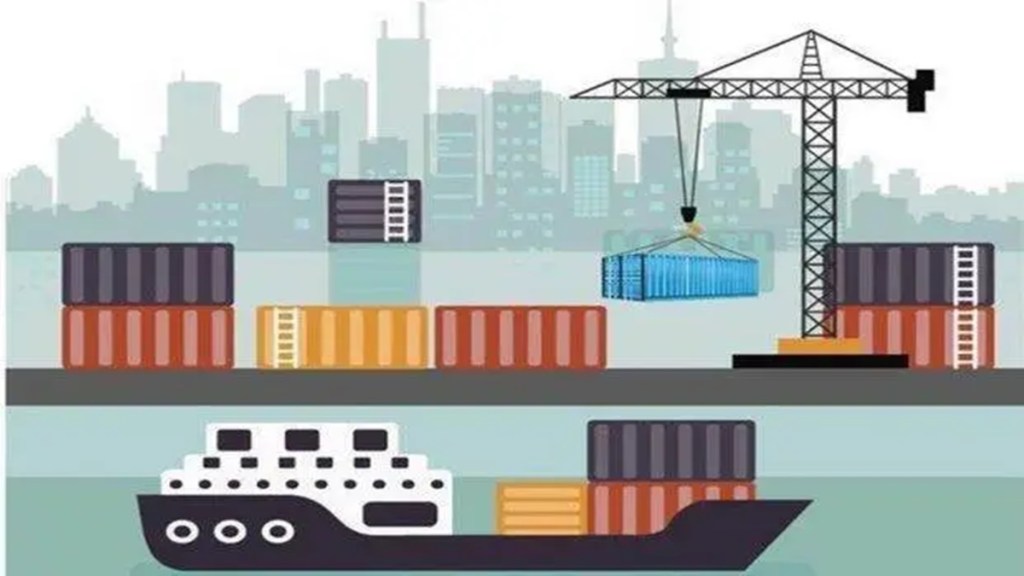Amid mounting concerns about an economic slowdown in India’s top export markets, the country has another reason to worry about. Growth of exports from key labour-intensive sectors has been decelerating at a faster pace than that of overall goods despatches.
Exports from the job-sensitive sectors rose 15.7% on year in the June quarter to $37.6 billion, compared with a 26.8% jump in the overall merchandise exports to $121.2 billion. Consequently, the share of such sectors in merchandise exports dropped to just 31.1% in the first quarter this fiscal from 34.1% a year before. Despite an export resurgence in FY22, the share of such sectors in total outbound shipment of goods shrank to 33.3% from 36.2% in FY21, according to an FE analysis, based on the official data (See chart).
In fact, their share in merchandise exports has been steadily declining in recent years—it was 37.8% in FY19 and 36.5% in FY20. These sectors include textiles & garments, farm, plantation, marine, gems & jewellery, leather, stone, cement, ceramic, glass and glassware, and some other allied segments. This slowdown also partly explains why not enough jobs are being perceived to have been created in recent years.
Also Read| No plans to import wheat into India, say govt sources
This trend may accentuate in the current fiscal, with key markets—the US, the EU and China—already gripped by slowdown fears, while supply-side woes in the wake of the Ukraine war are yet to dissipate substantially.
More importantly, given that most exporters in the labour-intensive sectors are small and medium enterprises with limited financial muscle, they are more vulnerable to currency volatility and inadequate financing than larger companies. The pandemic, arguably, hit these small units harder, severely undermining their ability to supply goods and services.
Similarly, any sudden spurt in input costs hit them hard, as they struggle to pass on the rise in costs to end-customers, especially in times of subdued demand. Moreover, domestic supply bottlenecks, including elevated logistics costs, crimp their ability to ship out. Importantly, most of these factors come into play this year.
Although a weak rupee is expected to offer some cushion to all exporters, a slowdown in over flow and depreciation of the currencies of India’s competitors in the export market will blunt the advantage for New Delhi. A ban on wheat exports, tight regulation of shipment of wheat flours, cap on sugar despatches and non-availability of cotton at reasonable rates for months for the textile industry are weighing on export prospects. The move to raise the import duty on gold to 15% from 10.75% to curb current account deficit has driven up costs of jewellery exporters.
More importantly, thanks to the usual structural issues—elevated expenses on logistics (as much as 15-16% of consignment value, according to industry executives) and higher costs of raw materials and labour—India has been beaten by countries like Bangladesh and Vietnam in segments like textiles and garments where China has been trimming its dominant exposure.
The International Monetary Fund (IMF) last month pared down its forecasts of world trade volume growth for 2022 by 90 basis points from its April projection to 4.1%; for 2023, it’s cut by 1.2 percentage points to just 3.2%. This will also weigh on the trade prospects of India, which witnessed an export resurgence in FY22.


